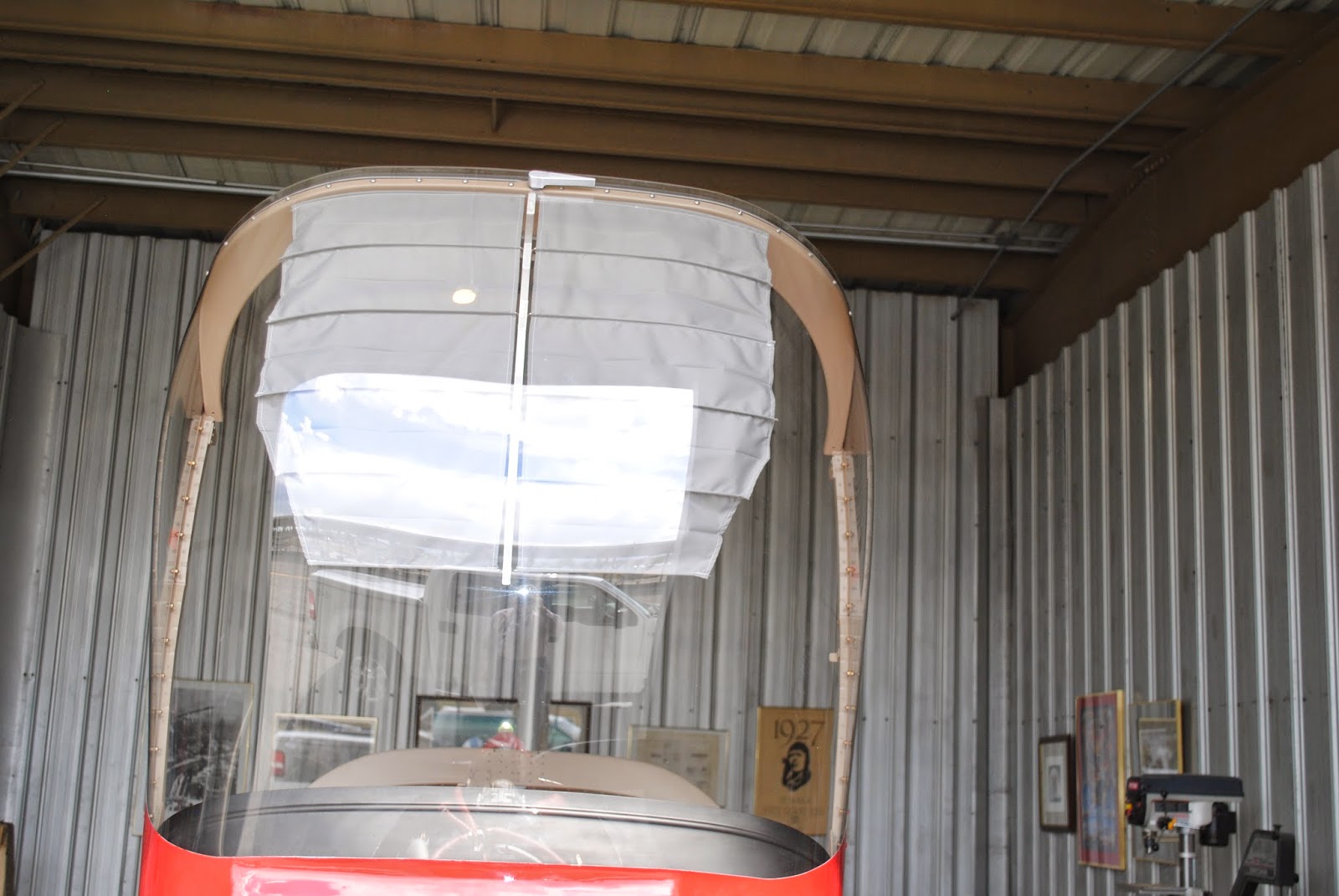I moved the airplane out onto the ramp and
put it on 2” blocks. I turned on the
SkyView and went into the set-up menu to calibrate the fuel gauge. I have 2-five gallon gas cans which I had
filled on the way to the airport. I put
the fuel in the tank 2-gallons at a time until all 10-gallons were added. I then pushed the airplane back into the
hanger, hooked up the battery charger so I could leave the SkyView on and went
for more gas. I returned, put the
airplane back on the ramp, on blocks and continued to calibrate the fuel gauge
by adding the rest of the fuel 2-gallons at a time. I have made arrangements for my 2-grandsons,
Cameron and Kaleb to help me move the airplane to the Tooele airport on
Monday. Before we move it to Tooele I am
going to have them help me adjust the idle speed on Rotax. The PAP says it should idle between 1450-1500
RPMs. Currently the Rotax idles at about
1100 RPMs. I need to fix that then we
will remove the wings and take the fuselage to Tooele. We will return for the wings and then
reassemble everything there. I am planning
to take a small tool bag with tools with us so we can do the reassembly without
any problems.
I also constructed some ramps to help move the airplane over the door track and up over the lip of the hangar floor slab. They worked out really well. Even with a full load of fuel using the ramps I was able to push the airplane back into the hangar without too much effort.


















































